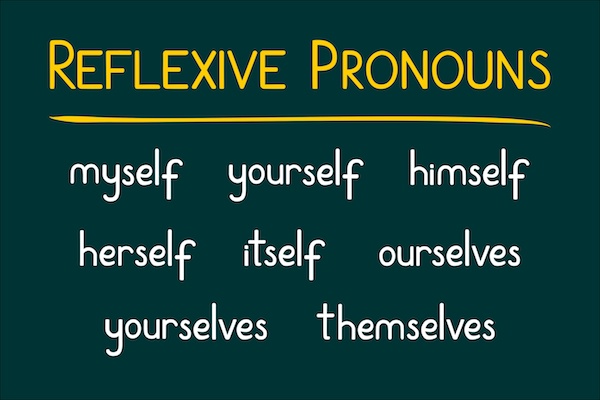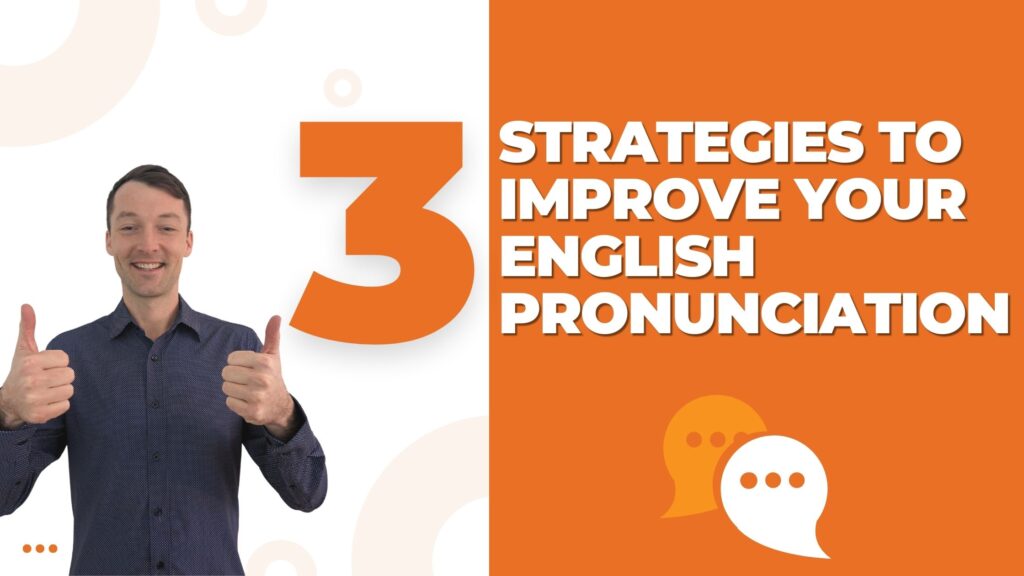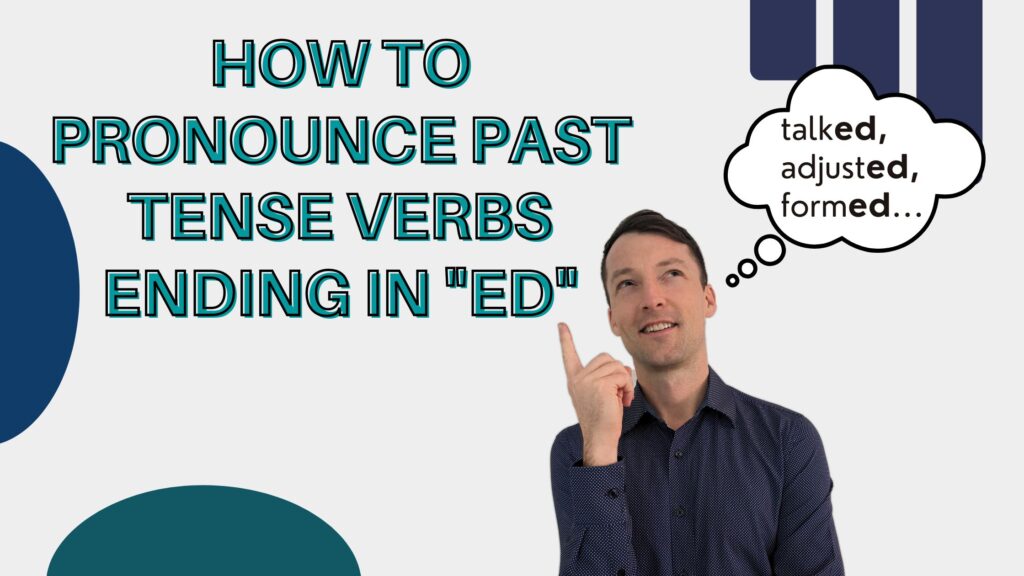Reflexive pronouns and reciprocal pronouns are related to each other. Think of a mirror. Who do you see when you look in the mirror? You see yourself, of course. You are the looker, and your own image is reflected back to you. When you use reflexive pronouns, the subject does the action, but the action is reflected back to the subject. Reciprocal pronouns mean that two or more people, things, or groups are acting the same way toward each other at the same time. In this posting I talk about how to use reflexive pronouns and reciprocal pronouns. I give you many example sentences. The download at the end will give you more practice using these pronouns.
What are reflexive pronouns?
Reflexive pronouns reflect the action back to the subject, just like a mirror reflects the image back to the looker.These pronouns function as either direct or indirect objects. Here is a list of the reflexive pronouns in English, with the pronouns they refer to and an example sentence.
- myself–(I)–I drove to Texas myself.

- yourself–(you, singular)–Can you carry that box yourself?

- himself–(he)–The professor himself graded all the papers.

- herself–(she)–My three-year-old daughter can dress herself.

- itself–(it)–In a car with an automatic transmission, the transmissions can change gears by itself.

- ourselves–(we)–We got lost, but we finally found the way home by ourselves.

- yourselves–(you, plural)–Have all of you done the work by yourselves?

- themselves–(they)–My children live by themselves.

How do we use reflexive pronouns?
Reflexive pronouns are often used as direct objects. When this happens, the subject does the action and also receives the action. Here are some examples.
- I am teaching myself to play the piano.
 Who am I teaching? I am teaching me, or myself.
Who am I teaching? I am teaching me, or myself. - She cooked dinner herself.
 This means she cooked dinner alone, with no help from anyone.
This means she cooked dinner alone, with no help from anyone.
Reflexive pronouns are often used as indirect objects. When this happens, we see the prepositions by or for.
- He worked by himself.
 He worked alone.
He worked alone. - She cooked dinner by herself.
 Like the sentence above, this means she cooked alone, without help.
Like the sentence above, this means she cooked alone, without help. - When their mother went on vacation, they had to cook for themselves.
 They had to do their own cooking. No one was there to cook for them.
They had to do their own cooking. No one was there to cook for them. - She poured a cup of milk for herself. She poured some milk so that she could drink it

- The child poured the milk by herself.
 The child did it without help. Note how the propositions by and for change the meaning of the sentence.
The child did it without help. Note how the propositions by and for change the meaning of the sentence.
Reflexive pronouns as intensive pronouns
Reflexive pronouns are sometimes used for emphasis, or to make the meaning more intense. When this happens, the reflexive pronoun is placed next to the word it refers to. Sometimes we use the preposition in before the reflexive pronoun. This does not change the meaning. Look at these example sentences.
- Chicago itself is cold in the winter, but the rest of Illinois is even worse!
 This emphasizes how cold Chicago and all of Illinois are.
This emphasizes how cold Chicago and all of Illinois are. - The President himself went on TV to discuss the international crisis. The crisis was so important that the President, not an aide or a reporter needed to talk to the people.

- Cooking in itself is creative, but making up new recipes is even more so.
 This emphasizes how creative cooking and making up recipes are.
This emphasizes how creative cooking and making up recipes are.
Reflexive pronouns used in idiomatic expressions
Below are some sentences with reflexive pronouns as idiomatic expressions. An explanation of the meaning will follow.
- Please help yourself to some salad.
 Please take some salad.
Please take some salad. - The children did not behave themselves.
 The children behaved badly.
The children behaved badly. - He woke up and found himself in the hospital.
 He was surprised. He did not remember that he had been in an accident, so he did not expect to be in the hospital when he woke up.
He was surprised. He did not remember that he had been in an accident, so he did not expect to be in the hospital when he woke up. - I saw myself as a billionaire.
 I imagined that I was a billionaire.
I imagined that I was a billionaire. - She applied herself to the class and got a good grade.
 She studied hard and did her best.
She studied hard and did her best. - He busied himself with his work.
 He was very busy working
He was very busy working - Suit yourself. Don’t take a math class if you don’t want to.
 Do whatever you want, even if I disagree with your decision.
Do whatever you want, even if I disagree with your decision.
What is a reciprocal pronoun?
We use a reciprocal pronoun when two or more people, things, or groups are doing the same thing toward each other at the same time.There are only two reciprocal pronouns in English, each other and one another. They mean the same thing. Look at the example sentences below.
- John and Mary looked at each other.
 John looked at Mary. Mary looked at John.
John looked at Mary. Mary looked at John. - Bob and Cynthia helped one another with the homework.
 Bob helped Cynthia. Cynthia helped Bob.
Bob helped Cynthia. Cynthia helped Bob.
Reciprocal pronouns also have a possessive form: each other’s and one another’s.
- Jennifer and Ellen babysat each other’s children.
 Jennifer babysat Ellen’s children. Ellen babysat Jennifer’s children.
Jennifer babysat Ellen’s children. Ellen babysat Jennifer’s children. - When my cousin and I visit each other, we stay at one another’s homes.
 I stay at my cousin’s home. My cousin stays at my home.
I stay at my cousin’s home. My cousin stays at my home.
You now know that reflective pronouns can be objects. They reflect the action back on the subject. We usually use them to show that someone did something alone and without help. We can also use them to show emphasis or intensity, when the subject or the meaning is very important. Finally, they may be used in idiomatic expressions. The reflexive pronouns in English are myself, yourself, himself, herself, itself, ourselves, yourselves, and themselves. The reciprocal pronouns, each other and one another show that two or more people, objects, or groups are doing the same thing toward each other at the same time. The download will give you more practice using reflexive and reciprocal pronouns.
Idioms of the day
- me,myself, and I
 We use this expression for emphasis. It means just me, and me alone–no one else. I was amazed. There was no one else on the highway, just me, myself, and I.
We use this expression for emphasis. It means just me, and me alone–no one else. I was amazed. There was no one else on the highway, just me, myself, and I. - to have a leg to stand on
 –This means to have a good reason or explanation for something, usually to get yourself out of trouble. The police caught the thief as he was breaking into the house. The thief wants to plead not guilty, but he will go to jail. He doesn’t have a leg to stand on.
–This means to have a good reason or explanation for something, usually to get yourself out of trouble. The police caught the thief as he was breaking into the house. The thief wants to plead not guilty, but he will go to jail. He doesn’t have a leg to stand on.





